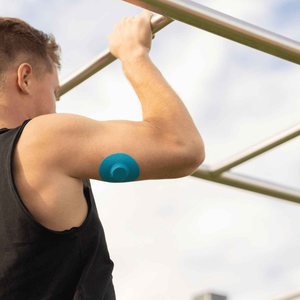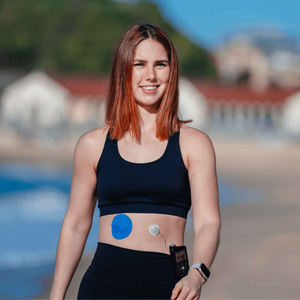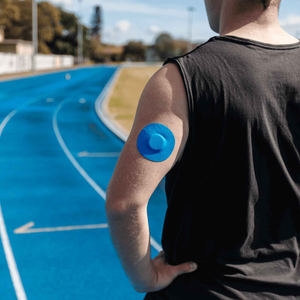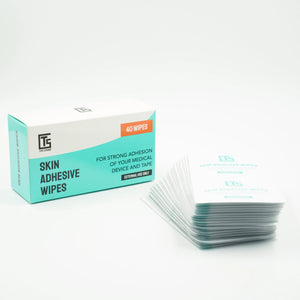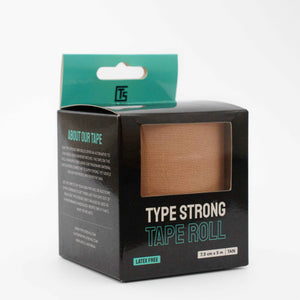You may have seen people online claiming that vinegar can stop post-meal blood sugar spikes. A teaspoon in water before dinner, they say, and the rise on your continuous glucose monitor (CGM) looks much flatter. It sounds easy – but is vinegar really that effective, or is it just another internet myth?
How vinegar might influence blood sugar
Vinegar contains acetic acid, the compound thought to be responsible for its effects. Studies suggest it may slow down stomach emptying, which in turn reduces how quickly glucose enters your bloodstream (Liljeberg & Björck, 1998). It may also help your muscles use glucose more effectively after a meal (Johnston, Kim & Buller, 2004).
These effects are not dramatic, and they vary widely between people. Your CGM is the best way to see if vinegar changes your own patterns.
Research on vinegar and diabetes
- Meal timing: Adding vinegar to a high-carbohydrate meal has been shown to reduce the blood sugar rise that follows (Liljeberg & Björck, 1998).
- Insulin sensitivity: In one trial, vinegar improved insulin sensitivity in adults with insulin resistance (Johnston, Kim & Buller, 2004).
- Bedtime use: A small study found bedtime vinegar slightly lowered fasting glucose the next morning in people with type 2 diabetes (White & Johnston, 2007).
Still, most experts agree vinegar is a supportive option, not a substitute for medication or structured nutrition.

Pros and cautions of the vinegar hack
|
Possible upsides |
What to be careful about |
|
May blunt blood sugar spikes after carbs |
Effects differ by person |
|
Affordable and widely available |
Acidic – can irritate teeth and stomach |
|
Simple to test with your CGM |
Not recommended if you have reflux or ulcers |
|
Some support for insulin sensitivity |
Must not replace medical treatment |
The role of timing and food combinations
One important detail is when and how vinegar is taken. In studies, vinegar was often consumed just before or with a meal that contained carbohydrates (Johnston & Buller, 2005). Taking it too far before eating may reduce the effect.
Food combinations also matter. Vinegar appears to be more effective when eaten with starchy meals, such as bread or rice, because it slows starch breakdown in the gut. Protein- and fat-based meals usually cause a slower glucose rise on their own, so vinegar has less impact there (Liljeberg & Björck, 1998).
This means if you are using your CGM to experiment, try comparing:
- Meal with carbs + vinegar
- Same meal with carbs but no vinegar
By keeping the food consistent, you will see a clearer picture of whether vinegar makes a difference for you. For more on food patterns, see our article on how food affects your blood glucose.
People also ask
Can vinegar lower blood sugar immediately?
Not instantly. It may reduce how high your blood sugar rises after a meal, but it does not work like medication (Johnston, Kim & Buller, 2004).
Which vinegar is best for diabetes?
Apple cider vinegar and white vinegar have both been studied. The important factor is acetic acid, not the flavour (Johnston & Buller, 2005).
How much vinegar is safe to take?
Most research used 1–2 teaspoons diluted in water. Larger amounts can cause discomfort or interact with medication (White & Johnston, 2007).
How can I check if vinegar helps me?
Your CGM is the easiest way. Compare post-meal glucose curves with and without vinegar. If your patch tends to lift mid-experiment, you may need advice on CGM patch issues.
Why secure CGM patches matter
If you are testing something like vinegar preload, you want accurate, uninterrupted data. That means keeping your sensor firmly in place. CGM patches are designed for this – they reduce edge lift and give you confidence during everyday movement.
Many users choose Dexcom G7 patches or Freestyle Libre patches for daily wear. If you need extra hold, adhesive wipes can help.
Some people also prefer to stock up with our patch bundle, which offers long-term value. To see why bundles work best, check out our blog on smart CGM bulk buying.

Practical tips if you want to try vinegar preload
- Dilute it – never drink vinegar straight. Mix 1 teaspoon in a glass of water.
- Start small – test once with a meal and see how your body responds.
- Protect your teeth – rinse your mouth after drinking vinegar.
- Use your CGM – track results over several meals, not just one.
- Secure your sensor – if patches peel, your data will be less reliable. Guides on summer protection can help.
- Talk to your doctor – especially if you are on insulin, sulfonylureas, or other glucose-lowering medication.
The bottom line
Vinegar can modestly reduce blood sugar spikes for some people. It is safe to test if your doctor agrees, and your CGM makes it easy to see how your body reacts. Remember: it is not a replacement for medication, nutrition, or lifestyle changes. Think of vinegar as one more option you can explore, provided you secure your sensor and measure results consistently.
At Type Strong, we believe in giving you practical, evidence-based knowledge alongside reliable CGM patches. With the right tools, you can explore new strategies like vinegar preload with confidence – knowing your data is accurate, your patch is secure, and your decisions are backed by science.
References
Johnston, C.S., Kim, C.M. & Buller, A.J. (2004) ‘Vinegar improves insulin sensitivity to a high-carbohydrate meal in subjects with insulin resistance or type 2 diabetes’, Diabetes Care, 27(1), pp. 281–282. Available at: https://pubmed.ncbi.nlm.nih.gov/14693990 (Accessed: 18 September 2025).
Johnston, C.S. & Buller, A.J. (2005) ‘Vinegar and peanut products as complementary foods to reduce postprandial glycemia’, Journal of the American Dietetic Association, 105(12), pp. 1939–1942. Available at: https://pubmed.ncbi.nlm.nih.gov/16317602 (Accessed: 18 September 2025).
Liljeberg, H. & Björck, I. (1998) ‘Delayed gastric emptying rate may explain improved glycaemia in healthy subjects to a starchy meal with added vinegar’, European Journal of Clinical Nutrition, 52, pp. 368–371. Available at: https://pubmed.ncbi.nlm.nih.gov/9578330 (Accessed: 18 September 2025).
White, A.M. & Johnston, C.S. (2007) ‘Vinegar ingestion at bedtime moderates waking glucose concentrations in adults with well-controlled type 2 diabetes’, Diabetes Care, 30(11), pp. 2814–2815. Available at: https://pubmed.ncbi.nlm.nih.gov/17666461 (Accessed: 18 September 2025).
⚠️ Disclaimer: This blog is for educational purposes only. It should not be relied upon as medical advice. Always seek guidance from your healthcare professional before making changes to your diet, medication, or diabetes management plan.
